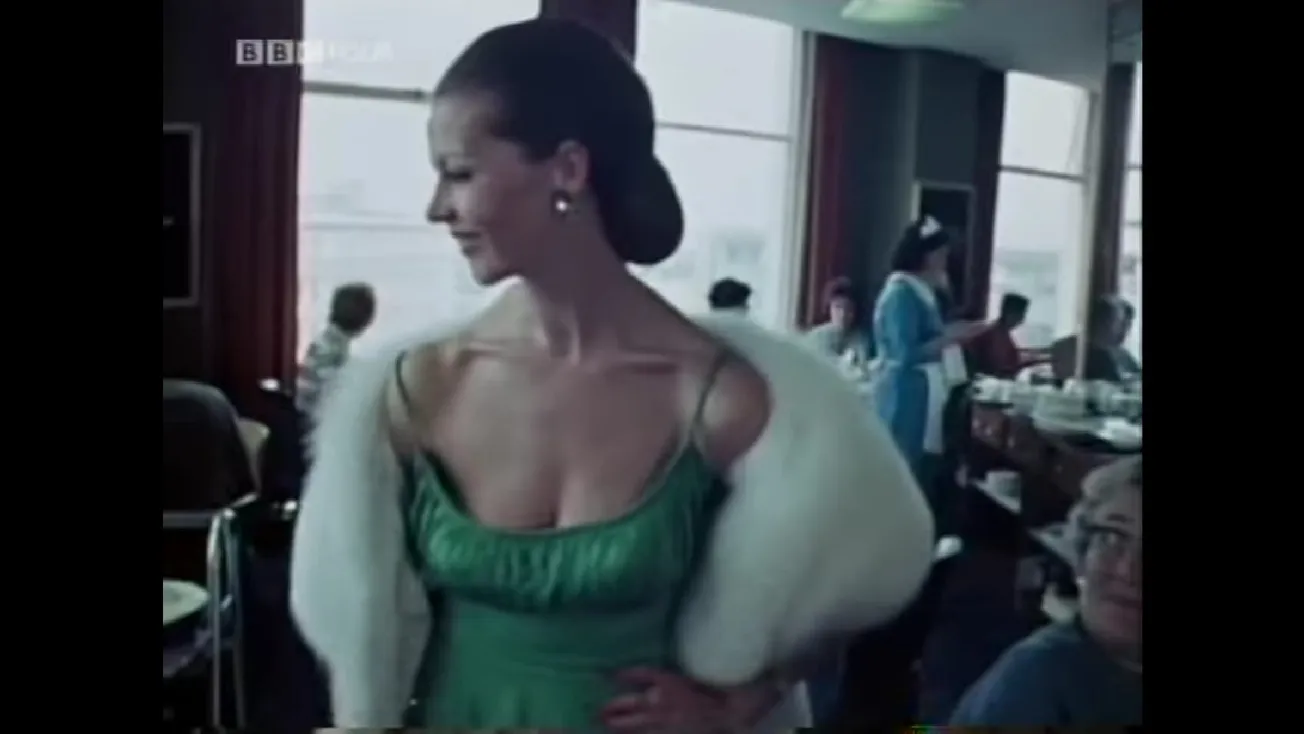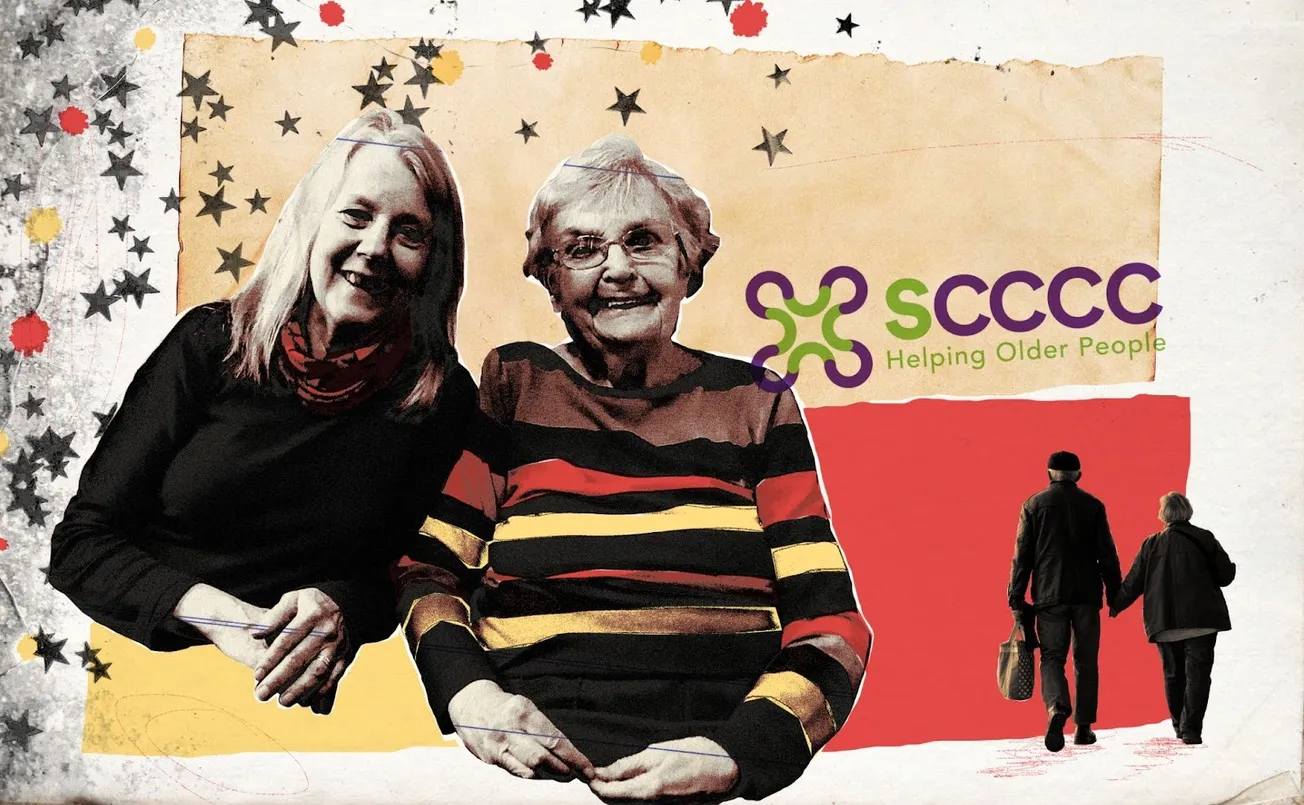Wednesday 5 September, 1973. An ordinary day in an ordinary city in the North of England. A man readies himself for another day at the steelworks. Doctors and nurses do the rounds at the antenatal clinic. A newspaper office meets to discuss the day’s stories. The streets throng with commuters and shoppers. Beneath it all heavy machines clank and furnaces blaze, an industrial bassline throbbing below the everyday.
Except Wednesday 5 September 1973 is not an ordinary day. For a start, it’s that steelworker’s birthday. Today Harold Dransfield turns 65 and he’s heading into the Dunford Hadfields plate shop where he has worked for 50 years for the last time before retirement. It’s the day that Linda Lockwood, lying in the maternity ward of that hospital, will give birth to her second child. It’s also the day that middle-aged widow Pat Owen will marry for the second time, that another unnamed older woman will be driven to hospital in an ambulance with a broken thigh, and that an unfortunate delivery man will crash his Sunblest bread van into the front room of a suburban semi, making the front page of The Star. Crucially too, it’s the day that a film crew will be in Sheffield capturing each of these human stories, watching unobtrusively on as city life unfolds in all its banality and chaos.
All in a Day: The City was first broadcast on the BBC in 1974 and is now available to watch on YouTube. An engrossing slice of observational filmmaking, Rex Bloomstein’s documentary follows several subjects over the course of one ordinary (and sometimes quietly extraordinary) day, shooting them in hyper-realist fly-on-the-wall style as they go about their daily business. These individual stories are woven together and artfully edited with images of Sheffield’s skyline, looming peaks and bustling streets, to form a chronological dawn-to-dusk portrait of a day in the life of a city. The result is a celebration of ordinary people, and an affectionate snapshot of a city on the cusp of change.


The hyper-realism of All in a Day aligns with cinema verité, a style originating in sixties France through which filmmakers attempted to capture the reality of life on screen with previously unseen naturalism. By the 1970s, verité was widespread internationally, shaping cinematic filmmaking and feeding into the birth of early reality television. Yet with its lyrical editing and sweeping humanistic approach, All in a Day can also trace its roots back more specifically to Free Cinema, a rebellious movement that emerged in 1950s London. Across a series of screenings the Free Cinema filmmakers — led by Lindsay Anderson, Karel Reisz, Lorenza Mazzetti and Tony Richardson — presented a vision of a cinema free from commercial pressures, screening films which used handheld cameras, minimal crews and inventive editing to present a poetic version of reality. Central to Free Cinema’s manifesto was a desire to challenge the hierarchies of a film industry which remained class bound and preoccupied with Southern English culture at the expense of a broader vision of the whole of Britain. In 1957, they wrote in a programme note of their founding philosophy: a "belief in freedom, the importance of people and in the significance of the everyday."
Free Cinema was short lived but highly influential. By the early 1960s, many of the filmmakers who started the movement were working within the British New Wave, making fiction features centred on “Angry Young Men” which presented working-class lives with an unprecedented level of grit and realism. Although made a decade after the heyday of both Free Cinema and the British New Wave, All in a Day bears hallmarks of both movements. A clear testament to “the significance of the everyday,” the film is a radical celebration of the normal, seen through Northern and predominantly working-class lenses.


In line with Free Cinema, All in a Day offers no voiceover or commentary beyond an opening title card, which states simply “everything that happened in this film took place in one day.” Yet despite this lack of exposition, clever editing draws out narrative threads and gestures towards political and social critique. In one sequence a brutal image of slaughtered pigs in an abattoir cuts to footage of customers thronging to a butcher’s counter at the market. Elsewhere, a shot of men swigging brown ale in a working men’s club is placed next to the pomp and ceremony of a council meeting overseen by the Lord Mayor in his white gloves.
At the centre of the ensemble we meet in All in a Day is Harold Dransfield, the steelworker whose story gives the film its emotional momentum. We first meet Harold as he shaves in the mirror in preparation for his last working day, his dog watching on as his wife makes his sandwiches. Harold has been at Dunford Hadfields since 1926, and over the course of the day his colleagues give him an emotional speech and he is even invited into the mahogany-lined office of the Managing Director to be presented with a retirement gift of stainless steel cutlery.
In these sequences, editing again subtly draw out themes around class, regional and generational divides. The younger Managing Director’s southern vowels and sharp suit are a stark contrast to Harold’s Yorkshire accent and creased shirt. In one significant moment, as the director asks repeatedly if Harold has enjoyed working here, the camera cuts to an image of the steelworker’s hands, clasping his flat cap tightly behind his back, as he stands in deferential silence. Later Harold returns home and presents the cutlery to his delighted wife. “I’ve wanted one of these all my life… from the management? Isn’t that marvellous,” she says in delight. Neither acknowledges the uncomfortable irony — that Harold has worked hard for 50 years making luxuries that he would never be able to afford to buy himself.


By placing Harold at the heart of the film, All in a Day positions the retiring steelworker as a symbol of Sheffield’s industrial history. In the 1970s, steel remained Sheffield’s central industry, and images of molten metal and clanking machines appear throughout the film, but there is already a sense that this is an industry under threat. Harold represents the last generation who could count on steel for a job for life. Only a few years after Harold’s retirement, the works would be dramatically downsized; by 1983, a decade after All in a Day was shot, Dunford Hadfields was permanently closed.
This sense of a city caught between tradition and change is a constant theme throughout All in a Day. Harold’s home in a back-to-back with an outside toilet, is contrasted with images of the then still relatively new Park Hill and Hyde Park estates and utopian visions of cities in the sky. The looming chimneys of old industrial buildings are juxtaposed with the brutalist experiments of the town centre, such as the Hole in the Road, a futuristic looking sunken shopping precinct at Castle Square.
That many of these once innovative buildings have since been demolished, speaks too to the ambivalent nostalgia that comes with watching All in a Day half a century on. The Sheffield we see here is comfortingly familiar in some ways, and bafflingly foreign in others. Beyond the dazzling array of haircuts, fan collars and brown jumpers on display, what struck me immediately was the incredible homogeny of the authority figures we meet. The doctors, journalists, police and politicians we encounter are inevitably male, middle-aged and white. The only people of colour who appear on screen are a young boy riding a bike and a group of children who we briefly glimpse on a housing estate being told off by police for playing cricket in the road.


The film also offers a hair-raising reminder of the casual sexism of the era. Clips from Radio Sheffield, which are interspersed throughout to anchor the action within the time of day, are full of sleazy comments which locate us firmly with seventies gender politics. “No lunch for the girl from Ipanema, she’s got her figure to think of hasn’t she,” announces the presenter over footage of a woman modelling some spectacular frocks in a department store café. A sly cut then catapults us into the Black Swan where a go-go dancer, decked out in silver glam rock boots and underwear, dances to Deep Purple in front of a crowd of leery beer swigging blokes. Two women who we meet in hospital — the pregnant Linda Lockwood and an unnamed elderly woman with a broken thigh — are both patronised, cajoled and borderline bullied by medical staff.
No one beyond the most hardened culture warrior would long for a return to the racial and gender politics of the seventies, and these sequences serve as an important reminder of the dangers of uncritical nostalgia. Nevertheless, All in a Day remains a deeply charming watch, a testament to a lost Sheffield and a time capsule of a rapidly transforming city.
Part of this power lies in the film’s narrow hyper-local focus. The voices heard are almost entirely Northern accented, and the news we hear, delivered to us via Radio Sheffield and meetings of The Star, is centred on local politics, traffic accidents and tenant complaints. It is not until the closing credits of the film, when we hear a national news bulletin, that we get any sense of the wider geopolitical context — the Israel-Palestine conflict, bombs in Northern Ireland, a cholera outbreak in Italy — within which this day has unfolded. For 45 minutes, All in a Day places Sheffield at the centre of the universe. By doing so, it serves as testament to the power of the local, a reminder of how the dynamics of communities which we choose to call home shape our lives.


Yet the enduring appeal of the film also extends beyond nostalgia. Listening to that final international news bulletin again now, which also includes mention of a national TUC strike next to a fluff piece about Princess Anne’s latest riding fixture, I can’t help thinking that perhaps the political context we live in now actually has not changed all that much from the 1970s at all. The local issues that preoccupy the council and the journalists we meet remain pressing, the same questions about who holds the power, in our country and in our community linger on. And despite the social and economic shifts, the demolitions, closures and redevelopments, the changing hairstyles and shrinking collars, the city we see in All in a Day, is still undeniably, unmistakably Sheffield. Beauty, banality, chaos, wonder — that’s Sheffield alright.
Comments
How to comment:
If you are already a member,
click here to sign in
and leave a comment.
If you aren't a member,
sign up here
to be able to leave a comment.
To add your photo, click here to create a profile on Gravatar.







